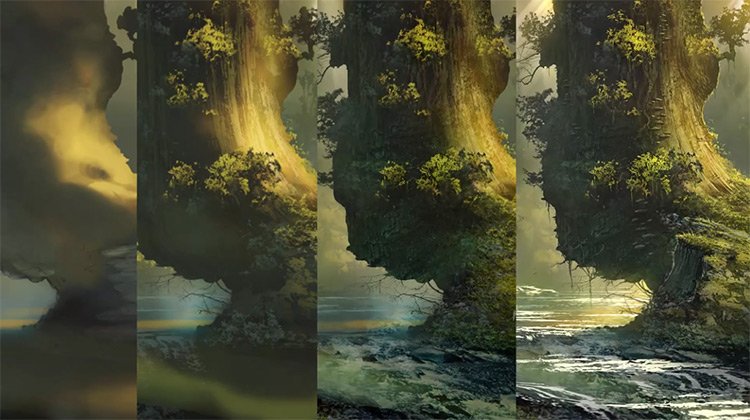
This comprehensive exploration delves into the ten pivotal elements that fuel anime art inspiration. From the genre's rich history to future visions, concept innovation, and the profound influence of Japanese culture, each aspect contributes uniquely to this captivating art form.
Unearth the significance of character design, storytelling, evolving art styles, color schemes, and unconventional inspirations. This insight offers a fresh perspective for those seeking to push boundaries in their anime artistry.
Diving Into the Rich History of Anime Art
As we delve into the rich history of anime art, it's important to recognize the profound impact it has had on contemporary visual culture.
Anime, a unique artistic style born in Japan, has traversed international boundaries, influencing creative minds worldwide.
Key in the development of anime was the practice of censorship, an element that shaped its narrative and visual identity.
Anime censorship, often due to cultural, political, or social reasons, inadvertently led to the birth of symbolic and metaphorical storytelling techniques.
The artistic influences, largely from traditional Japanese art and the influx of Western animation, further incorporated depth and distinctiveness to this form.
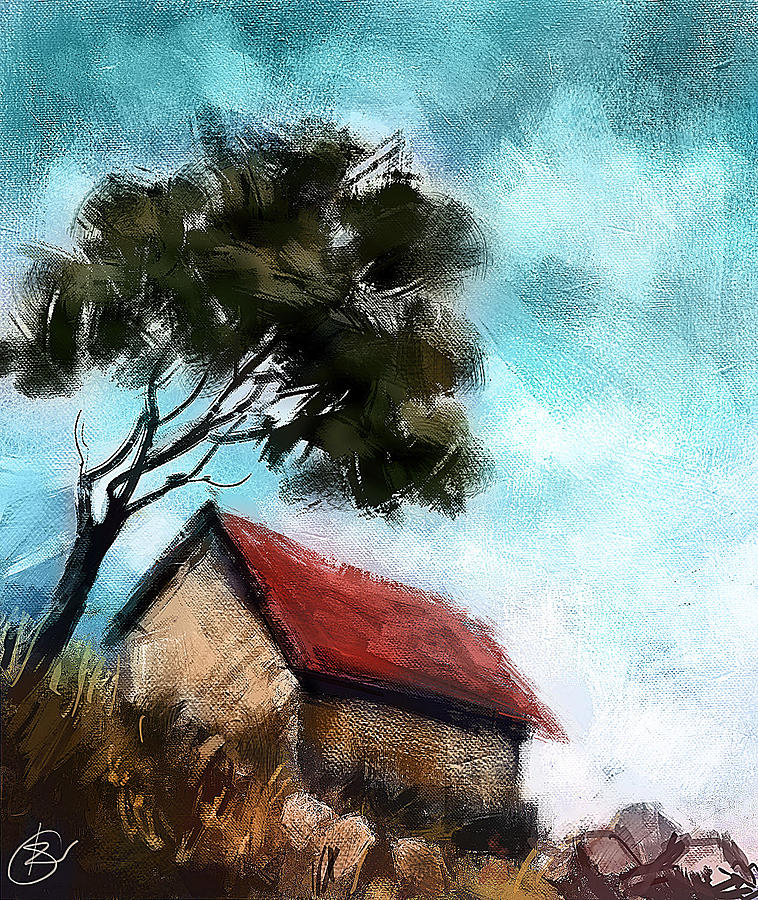
In the face of regulation, anime evolved, innovatively transforming constraints into creative opportunities, leaving an indelible mark on global visual culture.
Exploring the Future Visions in Anime
Anime's future vision is a dynamic and diverse field, ripe for exploration and analysis. The genre has long been a platform to explore future technology portrayal, projecting innovative design and functionality into its narratives. This forward-thinking storytelling has made anime a pioneer in envisioning future societies, often incorporating dystopian themes exploration. Such themes serve as a critique of current societal norms and a projection of potential future trajectories.
The integration of advanced technology within these narratives allows anime to facilitate meaningful discourse about our relationship with technology, and the ethical implications therein. The inventive approach to future visions in anime art provides ample inspiration for creators, fostering a culture of innovation and experimentation within the genre.
The Role of Concept Innovation in Anime Art
Concept innovation plays a pivotal role in the evolution of anime art, often propelling the medium into new, unexplored territories. By infusing fresh ideas and unorthodox techniques, artists not only redefine the aesthetics but also broaden the narrative scope of anime.
As we turn our attention to examples of such innovative anime, we can better comprehend the transformative power of concept innovation in this art form.
Concept Innovation Importance
A significant number of successful anime art pieces owe their uniqueness and appeal to the groundbreaking role of concept innovation.
This involves the process of concept implementation, where fresh ideas are translated into tangible designs and narratives, defying traditional innovation constraints.

The importance of concept innovation lies in its capacity to push the boundaries of storytelling and visual representation in anime art.
It allows creators to challenge the norm, introducing new themes, styles, and perspectives that haven't been explored before.
As such, concept innovation not only breathes life into the anime art landscape but also promotes diversity and progression within the genre.
It is the driving force that propels anime art towards uncharted territories, facilitating its continuous evolution.
Innovative Anime Examples
Over the course of anime's rich history, numerous examples stand out as testaments to the transformative power of concept innovation in the art form.
'Ghost in the Shell' is a trailblazer for its sophisticated exploration of the technological impacts on human identity, interweaving complex anime symbolism to illuminate these themes.
The innovative concept of 'Steins;Gate' ingeniously uses time travel as a narrative tool, challenging audiences to re-think linear storytelling.
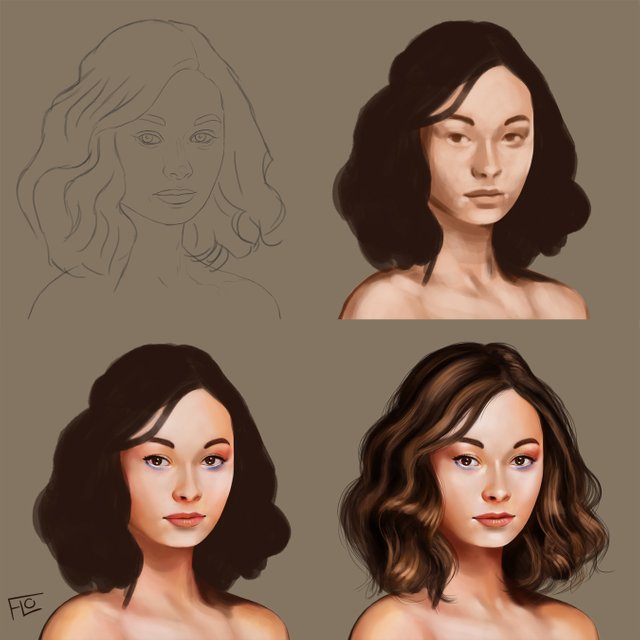
Furthermore, 'Neon Genesis Evangelion' revolutionized mecha-anime genre with its deep psychological undertones.
These examples underline the integral role of concept innovation in diversifying anime art, and offer a rich source of inspiration for those seeking to push boundaries and redefine anime aesthetics in their own creative pursuits.
Understanding the Importance of Character Design
In the vast world of anime art, the significance of character design cannot be overstated. It is the well-planned character design that breathes life into the script, contributing to the depth of the storyline and enhancing the viewers' connection with the narrative.
As we proceed, we will examine the essential elements of character design and discuss how these aspects influence and bolster the art of storytelling in anime.
Character Design Elements
Drawing on the rich tapestry of anime's historic and stylistic evolution, understanding the importance of character design becomes a critical aspect in amplifying your art inspiration.
Protagonist Development and Antagonist Portrayal are vital components within this design landscape, bridging narrative gaps and fostering emotional connectivity with viewers.
The protagonist serves as the story's spearhead, their evolution mirroring the plot's progression. A well-designed protagonist resonates with the audience, their trials and triumphs becoming a shared experience.
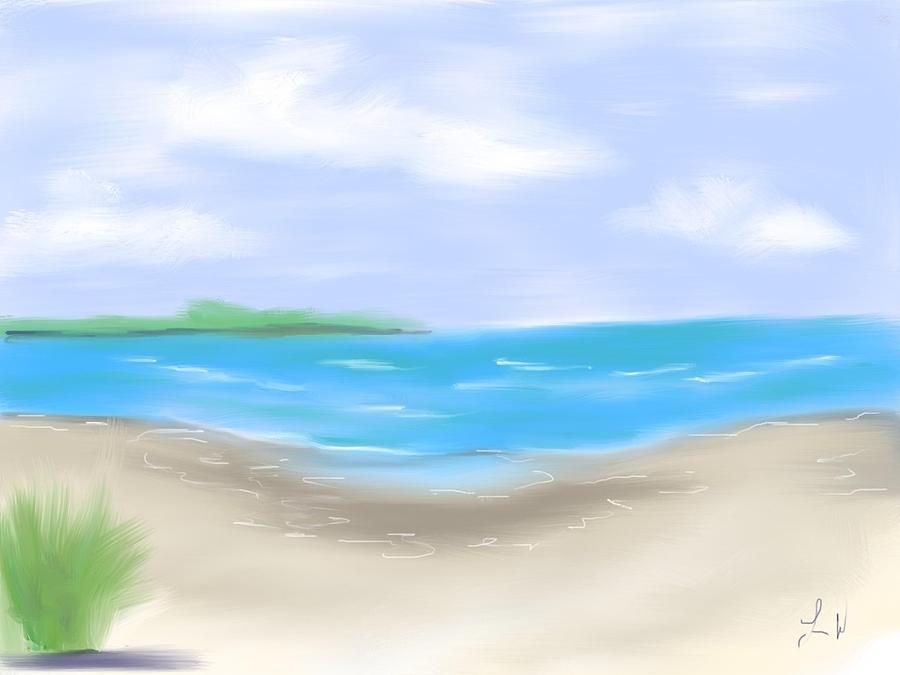
Conversely, the antagonist portrayal can either provide a compelling counterpoint or echo the protagonist's struggles, adding layers of complexity. Their design can subtly incorporate elements that elicit unease or empathy, further enriching the narrative tapestry.
Harnessing these character design elements can transform your anime art, making it a vibrant canvas of human emotions and storytelling prowess.
Impact on Storytelling
Seven crucial aspects of character design significantly influence storytelling in anime. Understanding these components can help create intricate, compelling narratives that captivate audiences.
The interplay between character design and narrative structures is a harmonious dance that shapes the arc of the story. It is character development, expressed visually and narratively, that drives the plot, enriches the world-building, and fosters emotional engagement.
Character design, therefore, is not a mere aesthetic choice; it is an artistic tool, a narrative device that embodies the historical nuances and future visions of the anime, ensuring authenticity and innovation.
The subtleties of character design, when deftly wielded, can unravel complex storylines, evoke profound emotional responses, and foster a deeper understanding of the anime's thematic essence.
The Power of Storytelling in Anime
While anime art can be visually stunning, it is the power of storytelling within this medium that truly captivates and engages audiences worldwide. The narrative structure of an anime series often contributes to its appeal, encompassing intricate plots and complex character development.
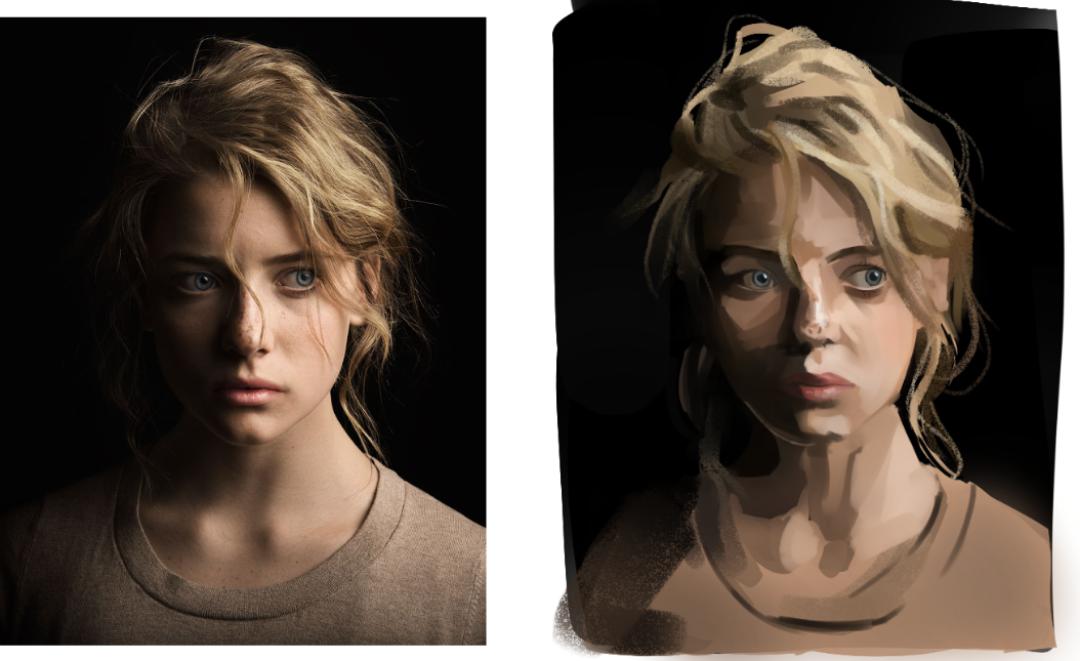
Anime storytelling is not merely about recounting events but enthralling viewers with emotional engagement, fostering a deep connection between the audience and the characters. This emotional resonance is crafted through a delicate balance of drama, action, humor, and even tragedy.
This potent combination is why anime storytelling transcends cultural barriers and resonates on a global scale. As anime continues to evolve, the power of its storytelling remains a driving force, offering endless inspiration to those seeking to innovate in the realm of anime art.
Anime Art Techniques: A Closer Look
As we delve into the realm of anime art techniques, we must remember that each unique style and technique not only enhances visual appeal, but also propels the narrative forward, creating a harmonious blend of art and storytelling.
The rich tapestry of anime symbolism, drawing heavily from cultural context and manga influence, provides a profound depth that engages viewers on multiple levels. Techniques such as exaggerated physical features, dynamic panel layouts, and symbolic color usage are drawn from manga's graphical lexicon, allowing anime to convey complex emotions and themes.
Meanwhile, the variable frame rate technique lends fluidity to movements. These diverse techniques weave a visual symphony that transcends cultural boundaries, creating a universally relatable narrative experience for audiences worldwide.
The Influence of Japanese Culture on Anime Art
In the vast universe of anime art, countless elements are deeply rooted in Japanese culture, shaping and influencing the creative process. The incorporation of Sakura symbolism and Samurai aesthetics exemplifies this connection.
Sakura symbolism:
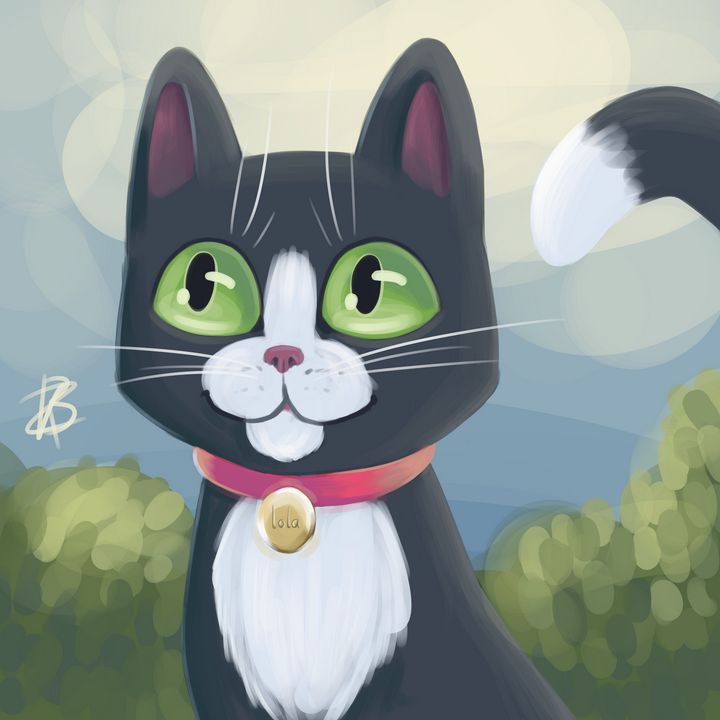
The transient beauty of cherry blossoms is often used to depict the ephemeral nature of life in anime, evoking deep emotional response.
Samurai aesthetics:
The refined elegance and disciplined strength of the Samurai are mirrored in the design of many anime characters, infusing narratives with themes of honor, duty, and sacrifice.
These cultural elements have a profound impact on the anime art form, enriching the visual storytelling tradition with a uniquely Japanese perspective. Thus, understanding and interpreting these influences can help inspire innovative concepts in anime art creation.
The Evolution of Anime Art Styles
The metamorphosis of anime art styles, a compelling compound of artistic innovation and cultural adaptation, continues to chart new territories in visual expression. From the simplicity of Astro Boy to the complex realism of Attack on Titan, the evolution is undeniable.
The advent of anime globalization has also introduced diverse artistic influences, integrating elements from Western comic art to traditional Japanese painting. This fusion has birthed styles that are simultaneously nostalgic and futuristic, conventional and avant-garde. This dynamism reflects the genre's inherent flexibility, its capacity to reinvent itself in response to changing audience tastes.
As the industry continues to evolve, anime art styles remain a testament to a consistent pursuit of aesthetic exploration, pushing the boundaries of visual storytelling.
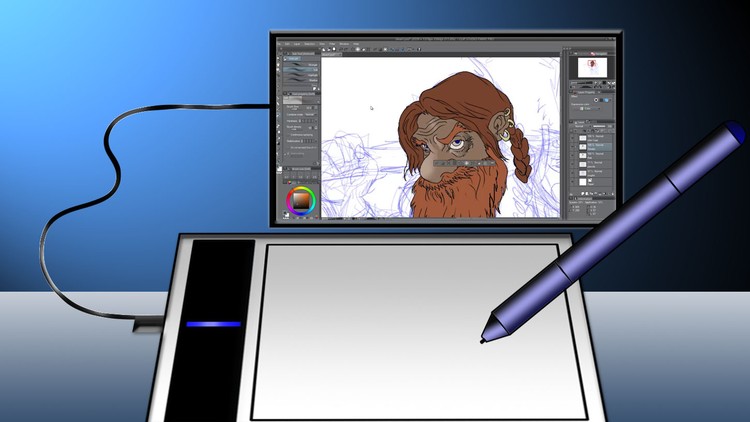
Breaking Down the Impact of Color Schemes in Anime
In the vast landscape of anime, the strategic use of color schemes plays a pivotal role in delivering the underlying themes and enhancing the narrative.
From the bold, vibrant hues of 'Dragon Ball Z' to the subdued, melancholic palette of 'Tokyo Ghoul', the color psychology in anime is a powerful tool that shapes viewer's perception and evokes emotional responses.
To truly appreciate the artistry of anime, one must recognize and interpret these iconic color schemes, understanding their impact on storytelling and character development.
Color Psychology in Anime
Numerous anime productions utilize strategic color schemes to communicate specific emotions, ideas, and narrative elements to the audience. This practice, deeply rooted in Anime color symbolism, creates an emotional resonance in color choices, which enhances the narrative and its impact on the viewer.
Impact of Red: Traditionally symbolizing power and danger, red in anime may represent a strong, hot-blooded character or intense conflict.
Blue's Dual Nature: Blue can denote tranquility and calm, yet also sadness and isolation, often reflecting the complexity of characters.
Green's Symbolism: Associated with nature and growth, green often denotes youth, new beginnings, or a sense of healing.
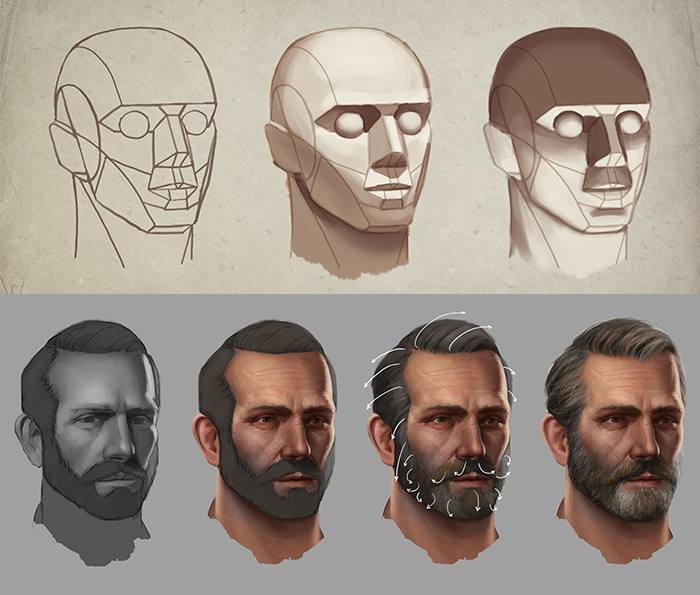
Understanding these color schemes is crucial for interpreting the emotional depth and thematic richness of anime, adding another layer to its vibrant storytelling tradition.
Iconic Anime Color Schemes
While many factors contribute to the impact and appeal of anime, an exploration of iconic anime color schemes reveals how they play a pivotal role in setting the tone of the narrative, defining characters, and evoking emotional responses from viewers.
The color symbolism in anime is deeply rooted, with colors often holding specific cultural meanings that add depth to characterization and plot. This has been enhanced through the Anime aesthetics evolution, transforming from simple, vibrant hues to complex and dynamic palettes.
From the deep blues of 'Cowboy Bebop' representing melancholy and isolation to the intense reds of 'Akira' signifying power and danger, each color scheme is meticulously chosen.
This careful selection and application of color schemes contribute to the narrative's atmospheric depth, creating a captivating visual language that remains iconic in anime art.
Unleashing Creativity: Unique Inspirations for Anime Art
The act of unleashing creativity in anime art often relies on a myriad of unique inspirations, ranging from natural phenomena to everyday objects. In the realm of Anime Art Mediums, artists often draw upon distinct sources of inspiration, fostering innovative interpretations and fresh perspectives.
Cultural Inspirations: Artists creatively channel cultural elements, from traditional folklore to modern pop culture, into their work, reflecting a deep-rooted appreciation and understanding of their heritage.
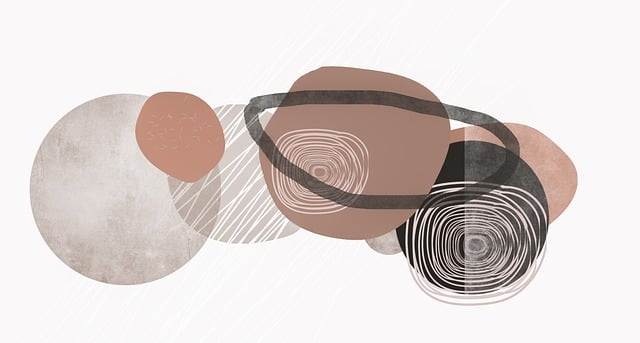
Natural phenomena: The intricate patterns in nature, celestial bodies, and even weather changes serve as profound inspirations, encouraging artists to push the boundaries of their creativity.
Everyday objects: Mundane objects are often reimagined, challenging conventional perceptions and offering new dimensions to explore in anime art.
Each inspiration source brings its unique flavor, contributing to the rich tapestry of anime art.
Frequently Asked Questions
How Do Other Global Cultures, Beyond Japanese, Influence Anime Art?
Global cultures influence anime art through cultural melding and artistic borrowing, enabling diverse aesthetics and narratives. This cross-cultural influence fosters innovation, while respecting traditional anime elements, thereby enriching the anime art sphere.
What Are Some Strategies for Overcoming Creative Block When Creating Anime Art?
Overcoming creative block in anime art can be achieved through various strategies such as harnessing artistic motivation, exploring diverse creative techniques, seeking inspiration from varied sources, and constant practice to refine one's artistic skills.
Formal art education, such as Art School Prospects, can provide foundational techniques and exposure to varied styles. However, self-learning benefits are significant in anime art, encouraging personal style development and adaptation to evolving trends.
Digital illustration evolution has revolutionized anime art creation, magnifying technology's artistic impact significantly. Improved software, advanced tools, and digital platforms have expanded creative boundaries, fostering innovation, and enhancing the vibrancy and complexity of anime art.

Are There Any Specific Anime Art Communities or Forums for Beginners to Get Started and Learn From?
Yes, several online forums and communities exist for beginners in anime art. Websites like DeviantArt, MangaRaiders, and Reddit's r/anime_sketch provide a platform to share work, learn, and discuss anime drawing tools.
 Digital Art InstructionDIY Infographics DesignMobile Game ArtworkPersonalized Logo Design3D AnimationeBook Covers DesignPrivacy PolicyTerms And Conditions
Digital Art InstructionDIY Infographics DesignMobile Game ArtworkPersonalized Logo Design3D AnimationeBook Covers DesignPrivacy PolicyTerms And Conditions
